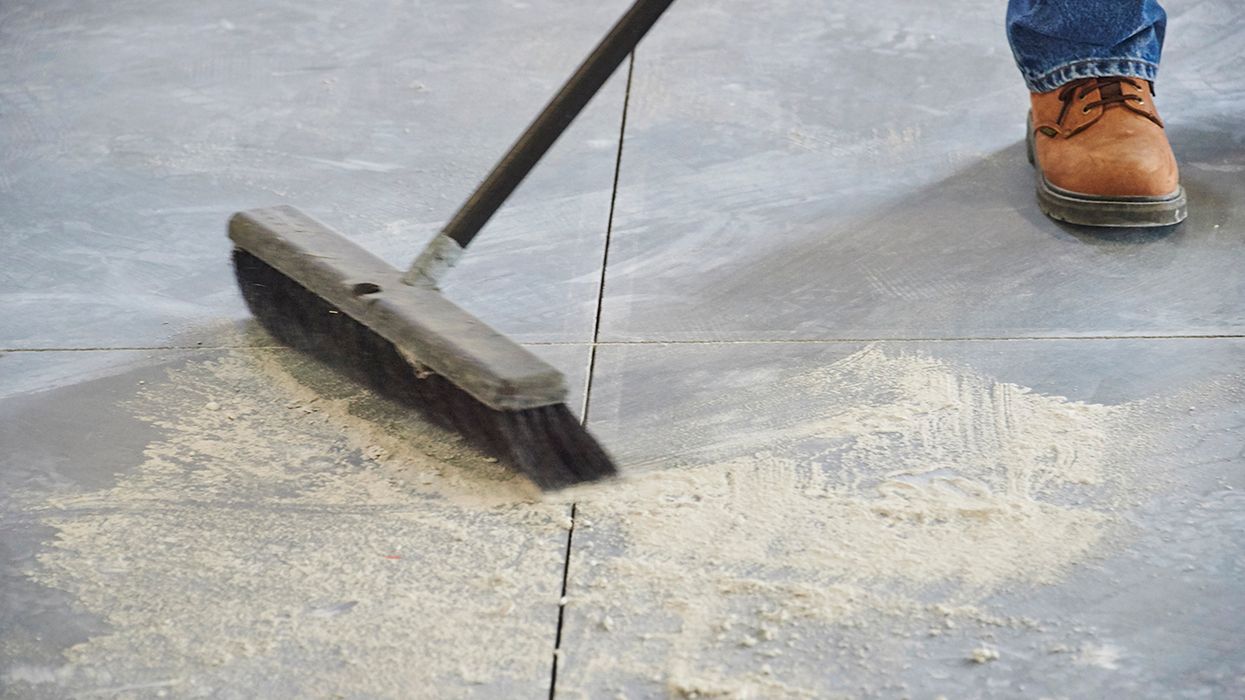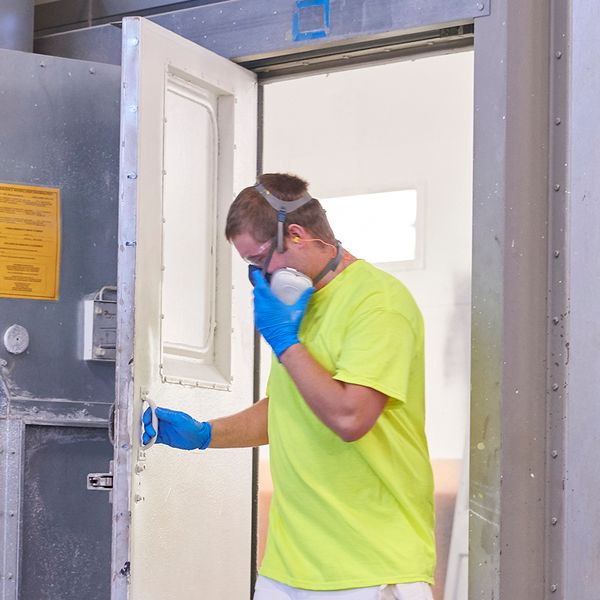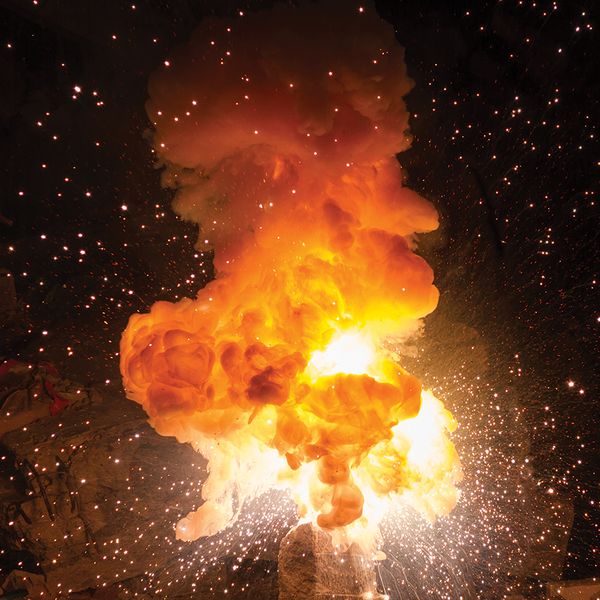OSHA’s revised combustible dust NEP: What changed and how you can be prepared
In January 2023, OSHA issued a revised Combustible Dust National Emphasis Program (NEP), CPL 03-00-008, which replaces its March 2008 directive. Like its predecessor, the revised NEP contains policies and procedures for inspecting workplaces that generate or handle combustible dusts, and for determining whether such workplaces have addressed fire, flash fire, deflagration, and explosion hazards associated with combustible dusts. Examples include:
- Metal dust such as aluminum, magnesium, and some forms of iron dusts
- Wood dust
- Coal and other carbon dusts, including carbon black
- Plastic dust, phenolic resins, and additives
- Rubber dust
- Biosolids
- Other organic dust, such as sugar, flour, paper, soap, and dried blood
- Certain textile materials
What prompted the changes?
OSHA revised and reissued the NEP based on enforcement history and combustible dust incident reports. The agency conducted more than 2,500 combustible dust inspections in fiscal years 2013 to 2017 and found 3,389 combustible dust violations during this period. The top five industries with combustible dust hazards were:
- Farm suppliers
- Institutional furniture manufacturers
- Metal window and door manufacturers
- Sheet metal work manufacturers
- Reupholstery and furniture repairing operations
The highest numbers of combustible dust-related fatalities and catastrophes during this period were:
- Animal food manufacturing
- Sawmills
- Wood manufacturing (e.g., cut-stock, re-sawing and planing)
- Agricultural processing facilities (e.g., grain and field beans)
Changes to targeted industries
Several industries with a higher likelihood of having combustible dust hazards (e.g., more than five inspections and greater than 50 percent of the inspections with combustible dust hazards) or experienced combustible dust-related fatalities/catastrophes were added to the NEP:
- 311812 – Commercial Bakeries
- 325910 – Printing Ink Manufacturing
- 321912 – Cut Stock, Resawing Lumber, and Planning
- 316110 – Leather and Hide Tanning and Finishing
- 321214 – Truss Manufacturing
- 424510 – Grain and Field Bean Merchant Wholesalers
Industries with a lower likelihood of having combustible dust hazards and a lower number of potential workers exposed were removed from the NEP:
- 22112 – Fossil Fuel Electric Power Generation
- 311821 – Cookie and Cracker Manufacturing
- 325810 – Pharmaceutical Preparation Manufacturing
- 326121 – Unlaminated Plastic Profile Shape Manufacturing
- 335932 – Noncurrent Carrying Wiring Device Manufacturing
- 337920 – Blind and Shade Manufacturing
What’s required?
Combustible dusts are fine particles that present an explosion hazard when suspended in air under certain conditions. Almost any material that will burn in air in a solid form has the ability to catch fire and explode as a dust. Under certain conditions, even materials that don’t burn when in larger form, such as aluminum or iron, can explode or catch fire as a dust. The force from such an explosion can cause employee deaths, injuries, and destruction of entire buildings. Such incidents have killed scores of employees and injured hundreds over the past few decades.
Although OSHA doesn’t have a standard specific to combustible dust, several general industry regulations, such as Ventilation (1910.94), Sawmills (1910.265), and Grain handling facilities (1910.272), address certain aspects of combustible dust hazards. Regardless of industry:
- Train employees to recognize and prevent the hazards associated with combustible dust.
- Follow the specific OSHA requirements for your operations and industry.
- List possible sources of dust in the workplace and areas of accumulation. Check safety data sheets (SDSs) for the materials used in the facility that might become combustible dust under normal operations.
- Ensure working surfaces are designed to minimize the buildup of dusts.
- Follow good housekeeping programs to prevent the buildup of dust, emphasizing regular cleaning of floors and horizontal surfaces (e.g., pipes, hoods, ledges, beams).
- Use grounding, bonding, and other methods to dissipate any electrostatic charge that could be generated while dust moves through ductwork.
- Ensure electrically-powered devices (e.g., vacuum cleaners) and equipment are approved for the hazard classification for Class II locations.
- Select and use powered industrial trucks (e.g., forklifts) that are approved for combustible dust locations.
- Implement and comply with the company’s Hot Work Permit program.
- Smoke only in designated areas.
- Install and maintain dust-containment systems, if necessary, and ensure they don’t allow fugitive dusts to accumulate in the work area.
- Locate dust collection systems outside or in specially designed areas.
- Install separator devices to remove foreign materials capable of igniting combustible dusts.
- Direct explosion venting away from employees.
- Develop a facility emergency action plan and train employees on it.
- Properly mark and maintain emergency exit routes.
Be prepared
During an inspection, compliance officers will make observations and verifications concerning the above list and will review the following to determine whether fire, flash fire, deflagration, or explosion hazards exist:
- Plant history of fires and explosions
- Safety data sheets (SDSs)
- Electrical area classification drawings/documents
- Dust Hazard Analysis (DHA) conducted by the employer or independent evaluator
Key to remember
Employers should investigate any activity that creates dust to determine if there’s a risk of combustion. By following the recommendations above, you can keep workers and your facility safe and be prepared in the event of an inspection.

















































